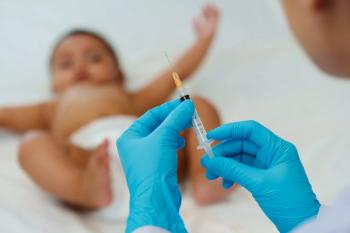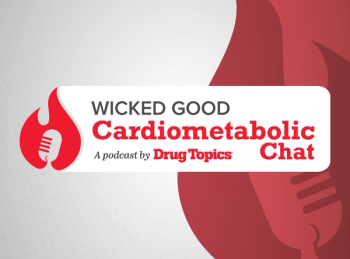
Residency Programs: Not Enough to Go Around
Why are residency programs becoming harder to find?
Every year about one-third of the approximately 14,000 pharmacy school graduates seek residency programs to continue their education, particularly if they are interested in pursuing a pharmacy specialty. But, despite an increase in recent years, there are still not enough residency programs in the United States to accommodate them.
“We had some very well-qualified people who didn’t match and that becomes much more of a numbers game than anything else,” said Kevin B. Sneed, PharmD, Dean of the University of South Florida School of Pharmacy in Tampa, FL.
Sneed said about 25 to 30 of the school’s 113 spring graduates were looking for residency programs; slightly less than 77%, the same percentage that matched in 2016, found matches this year.
That’s not surprising because the demand for residencies outstrips the supply with anywhere from 1,300 to 1,800 applicants each year who do not match to a program, noted Janet A. Silvester, PharmD, MBA, FASHP, Vice President, Accreditation Services Office, with the
Related article:
This year, 1,693 applicants to PGY1 programs did not find matches by the end of Phase II and 202 applicants to PGY2 programs were unmatched after the second phase, for a total of 1,895, according to ASHP. Students not matched can later participate in a scramble to try and find any open positions.
There was an overall fill rate for PGY1 and PGY2 of 98.1% at the end of the two-phase match this year. For PGY1 applicants, there were 4,913 applicants in Phase I for 3,484 positions and 3,235 matched after Phase I, for a fill rate of 93%. In Phase II, there were 1,045 applicants for 256 positions and 235 matches, for a fill rate of 92% and a combined fill rate for PGY1 of 99.2%.
The numbers were a bit lower for the 2017 PGY2 match with 1,208 applicants (including early commits) for 1,108 positions in Phase I. Of that number, 965 matched and 369 had early commit plus match for a fill rate of 87%. In Phase II, there were 138 positions and 130 applicants with 69 matched for a fill rate of 53%. The combined fill rate for PGY2 resident matching programs this year was 89.4%.
Up next: Why the difficulty?
The good news, Silvester said, there has been an 18% increase in the number of residency programs in the past three years. Over the last five years, residency programs have increased by 1,224 positions, or 36%.
For the PGY1 2017 match, Silvester said there were a 5% increase in the number of positions offered and a 6% increase in applicants. For PGY2, there was a 12% increase in PGY2 positions offered and a 4.4% increase in applicants. There were also 369 early commits in 2017 for the PGY2 positions compared to 319 in 2016.
Silvester said the fastest growth in residencies offered, for both PGY1 and PGY2, is in ambulatory care. In PGY2 programs, there were 20 additional positions available this year compared to 2016. Other specialties also saw PGY2 increases, including infectious disease, up 13 slots; emergency medicine pharmacy, up 10; psychiatric pharmacy, up 11 and critical care, up 8.
Related article: P
Lack of funding is often cited as one barrier to creating more residencies, as is the increased number of graduates in recent years. While the majority of pharmacy school graduates don’t pursue residency programs, there is a need to boost the opportunities for those seeking them, particularly now that pharmacists are increasingly involved in direct patient care in a variety of health-care settings.
“Residency training is really a win-win proposition for the student, for the site, for the residency program itself, and also for the hosting institution and profession,” said Lucinda Maine, RPh, PhD, Executive Vice President and CEO of the American Association of Colleges of Pharmacy.
Newsletter
Pharmacy practice is always changing. Stay ahead of the curve with the Drug Topics newsletter and get the latest drug information, industry trends, and patient care tips.











































































































































































































